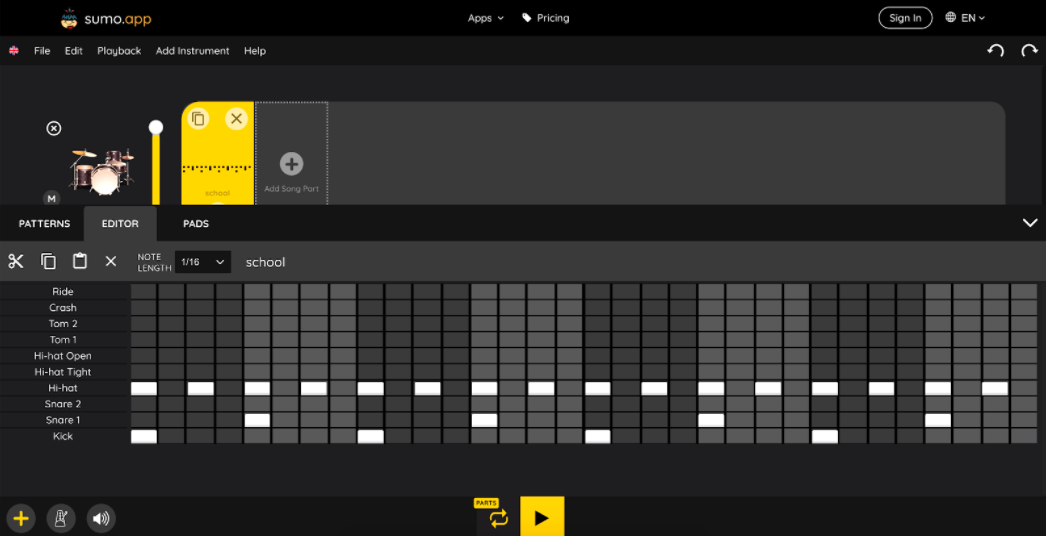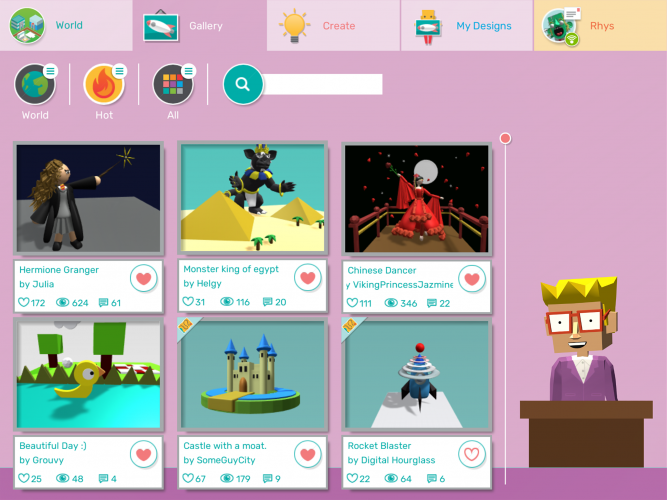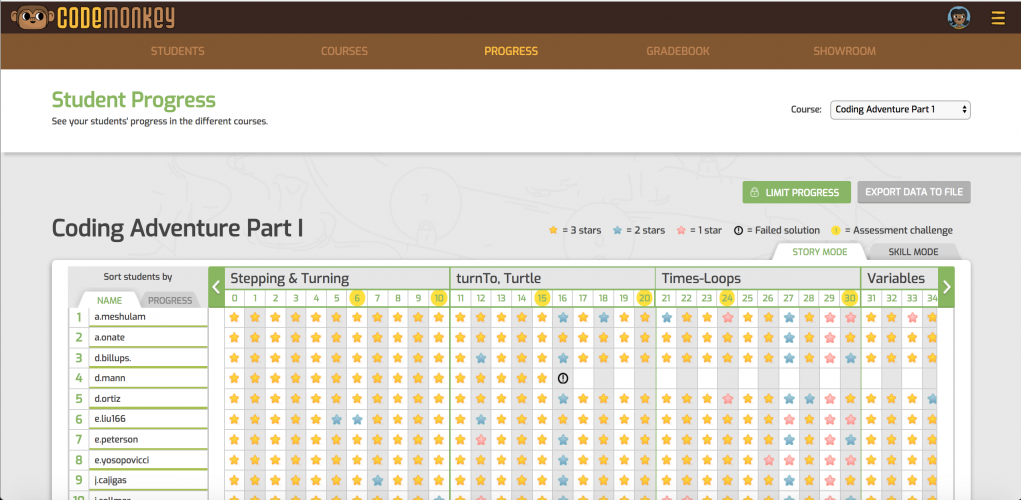6 Advantages of EdTech for Learners
April 10, 2018

Sometimes teachers find themselves in a situation where their dreams don’t match the classroom reality. A music teacher for example, would like to encourage students to be creative and compose their own songs – but actually, very few students are able to play instruments. In such cases, teachers are left with little options, and they end up playing piano while pupils are singing.
For students it would be more motivational to be able to express themselves in music lessons the same way as they do with arts and crafts – creating their own original pieces.
Finding that EdTech really works!
Olli Vallo, the Co-Founder of Education Alliance Finland and a teacher, shares his story.
”As a kid I made music on a computer. Even though I didn’t know how to play instruments, it was inspiring to try out different sounds. In the beginning of my career, I faced troubles with music teaching and started figuring out how technology could help me. Then one thing led to another and soon I was touring around Finland, demonstrating in schools how music can be taught using music making application.
In every lesson, I saw students’ enjoyment and how new musical talent and inspiration was being discovered! The approach was a great success. My understanding of what music learning in schools can be, changed for the better. And it also got me into thinking that all subjects could be taught in a more student-centered way with EdTech.”
The Advantages of EdTech for Learners
Education Alliance Finland has evaluated over 300 EdTech products, and we have found the following six key benefits which EdTech provides for learners.
1. Visualization
It’s easier to understand abstract concepts in music, science or math when it’s visualized. Objects can be animated and they can be moved and explored just like when using concrete manipulatives in math. Nowadays immersive technologies like VR and AR, take the sensory experience and pedagogical impact of any class to the next level.

Sumo Tunes gives an easy way to create music and understand how compositions are build.
2. Interactivity
A teacher can’t give instant, well-framed, personalized feedback for every student in a classroom every minute of the day - a well-designed learning application can! Digital tools can provide optimal challenges, keep students active, guide and support the learner when needed; while also encouraging learning by doing and project-based learning.
"I hear and I forget. I see and I remember. I do and I understand."- Confucious
Speech recognition can help with correct pronounciation. Image by Dim Sum Warriors.
3. Analytics
Grading exams, papers and presentations take a lot of time, and there’s always the risk of misgrading. Educational technology allows automatization, self-evaluations, peer-evaluations, and in the near future, AI and machine reading will become so reliable that they can be used for grading open answers and essays. Analytics also help the students follow personal progress and reflect on what they have learned.
CodeMonkey provides learning data for monitoring the students’ progress.
4. Learn anything - whenever, wherever
Thanks to recent developments in the field of technology, there are ways to get the Ivy League experience for free or at an affordable price – whenever, wherever. The recent global demand for distance learning materials also has inspired many EdTech companies and NGOs to share free resources online. For example one year ago launched Finnish project koulu.me offers free resources for various digital tools that support distance learning. Besides, EdTech makes learning more equal: using digital tools can lower the requirements for motoric skills and competencies, which means that students with disabilities can participate better.
5. Create, Share, Collaborate & Communicate
Like in the case of music classes, technology allows you to learn through creative, self-expressive, collaborative activities. You can make movies, presentations or write stories; and with a snap of fingers, you will have an audience for your work. Technology also supports online collaboration, easy communication between learners and sharing thoughts with students’ parents, for example.
Explain Everything allows users to create presentations and videos and collaborate online.
6. Learning Digital Literacy Skills
Being able to utilize digital tools fluently is just an absolute requirement nowadays in order to use different services, learn, work and participate as a member of society. The importance of these skills, including design and computational thinking skills is growing exponentially in the future. Already there's a lack of programmers in digital industries.

In Makers Empire teacher can mix science learning with 3D modeling.
Certified Apps & Software that Answer All Your Needs!
EdTech has the true potential to improve student motivation, make teachers’ lives easier and support lifelong learning globally. However, it’s crucial to remember that pedagogically well-designed materials, a good infrastructure and a competent teacher who can facilitate the learning process, are needed in order for learning technologies to have a lasting impact.
You can trust the EdTech solutions that have been issued by the Education Alliance Finland's certification. It is a guarantee that the product has been: 1) certified by an independent third party operator 2) evaluated by Finnish educational specialists and researchers, and 3) reviewed from the user-experience & interface design point-of-view.
Find an EdTech product that’s right for your school on our search tool. Type in a subject, name or a keyword; or browse the categories, such as 21st century skills. Happy digging and testing!
Written by Olli Vallo, Co-Founder & Head of Education at Education Alliance Finland & Marketing Assistant, Krista-Lotta Ojanen.



